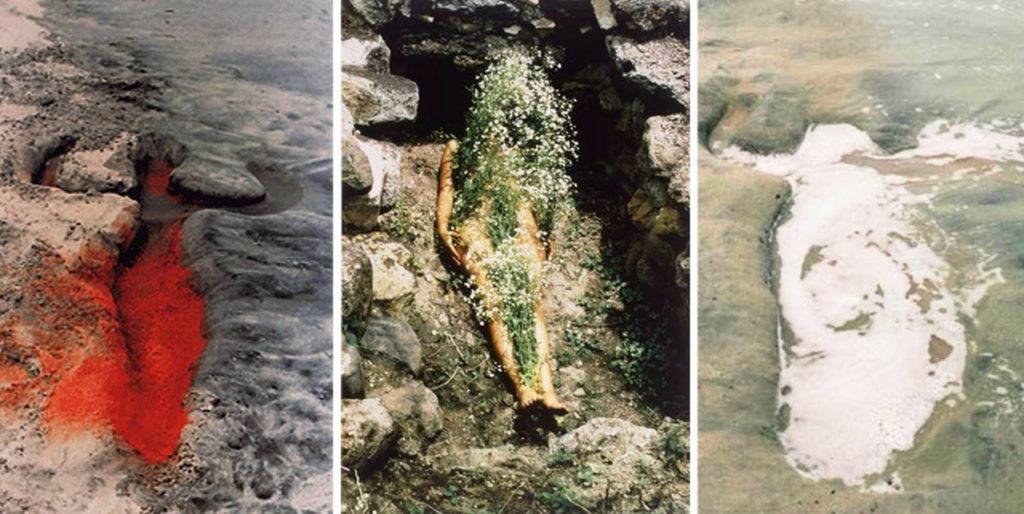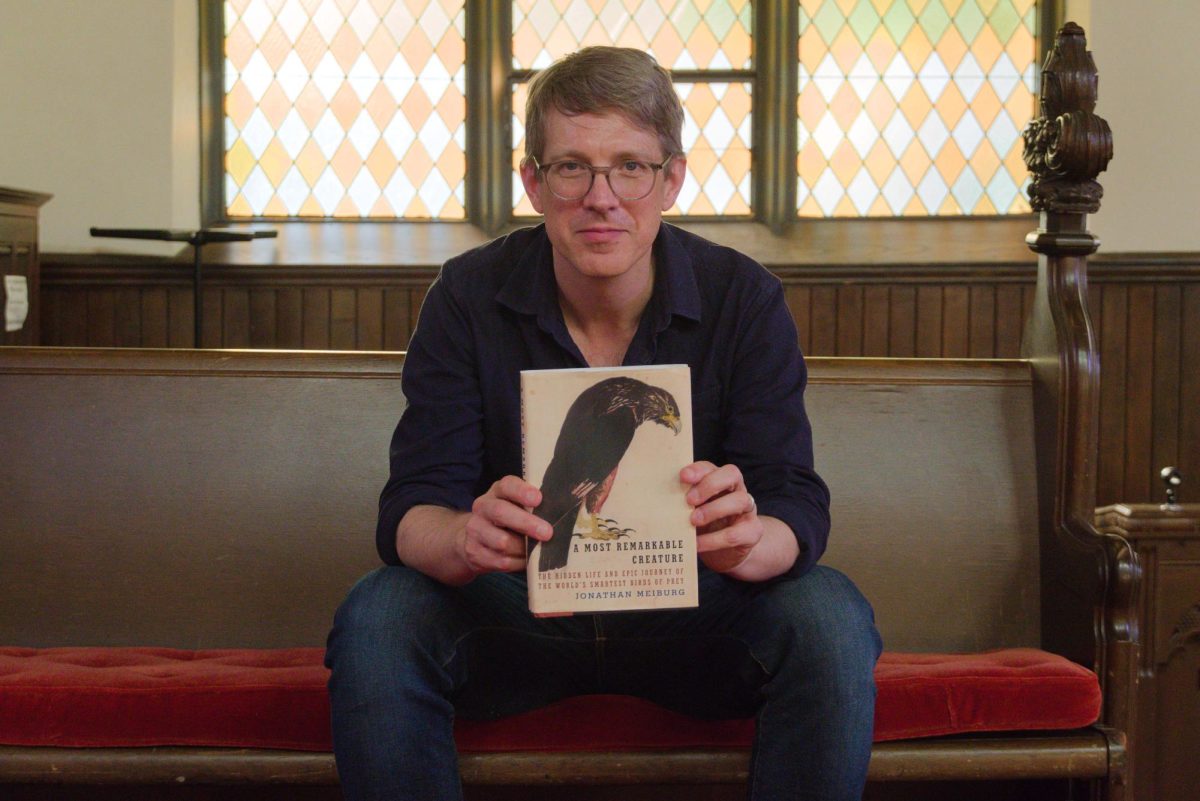
Keli Vitaioli
vitaioli@grinnell.edu
In the current political climate, art offers a powerful and productive form of resistance. It can also create a space for open discussion and a strong community of support. Hanky Song ’17 uses these principles to motivate her new artist collective, ANACHA.
The ANACHA Collective is named in memory of two feminist artists and inspirations for Song, Ana Mendieta and Theresa Hak Kyung Cha.
“They are both really talented, non-Western women artists who were really amazing, and they who were both murdered in acts of violence against women. So it is in their memory.”
The collective is a part of Song’s larger senior thesis, titled “Feminism and Visual Culture,” through which Song explores the “utilization of art as a political practice and the ways critical theory can be materialized as creative praxis.” Stemming from Song’s own need for a collaborative film space, the collective aims to fill a void that other Grinnellians with film aspirations are experiencing. One student, Charlotte Liu ’20 expressed a desire to Song for a way to continue examining critical, creative praxis through film and art work, and this in part inspired Song to form the collective.
“Especially with film, there’s no peer community,” Song said. “There’s no space where we can give each other feedback and talk about these theories, so I really wanted to create that space where we could give each other that feedback and give each other that community. Somewhere that you can bring your work, but it’s not just you making something and it ends there — we can talk about it and how it fits into the theories we’re thinking about and the ideas behind the work.”
A combination of reading, discussion and creation, the collective will allow its members to have a space for fully developing from theory and manifesting art pieces as a form of expression.
Song will assign readings to the collective, and the members will be given one or two weeks to read before coming together for discussion meetings. There will be five of these sessions this semester, after which members will go off and create their own response to the discussion and readings which will later be shared with the group or potentially the Grinnell public.
In the syllabus for the collective, Song expressed the need for the open discussion of ideas without the acceptance of any forms of violence — such as racism, ableism, transphobia or colonialism. However, Song wants the collective to allow dissection of ideologies without the silencing of members.
“I feel like name calling, like calling someone a racist, that shuts down that discussion,” Song said. “So I really want to encourage through this space not shutting down discourse but also being aware that it is a safe space to do so.”
The readings will be focus primarily on feminist theory, but also dive into critical race theory, pedagogy and post-structuralism. Song emphasizes the impact of our environment and exposures on the way people think. In her own work with an independent major in media and cultural praxis, Song challenges the influence of hegemonic knowledge and use as a form of political resistance, which is particularly relevant in wake of the recent election.
“There always needs to be resistance, and I think art is an amazing space to do so,” Song said. “I personally have a lot of investment in art as a political practice. For me, making art is a way of taking up space … I think it’s important to always challenge yourself, whether that’s your art or your writing or your academic stuff, to just think about why we think the way that we do, and I think art has that potential.”
Song hopes the discussions will keep members working even after they create art. Through collaboration the ideas can be carried on and transformed between other Grinnellians.
“One of the bigger reasons I’m so invested in this collective is because I think collaboration is a really great way to produce things and have that space where you feel comfortable. I feel like if you’re just making art by yourself and not presenting it to other people, you’re just talking to yourself and it doesn’t go anywhere.”
The collective is open to anyone interested. There is an informational meeting this Saturday at 3 p.m. in Bucksbaum 242.




















































